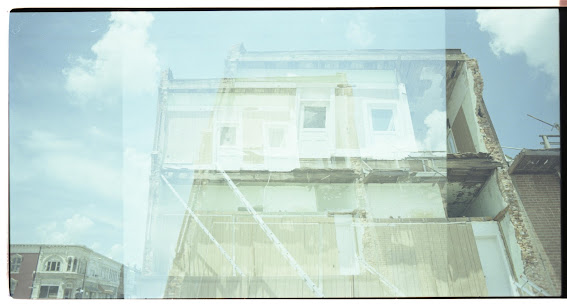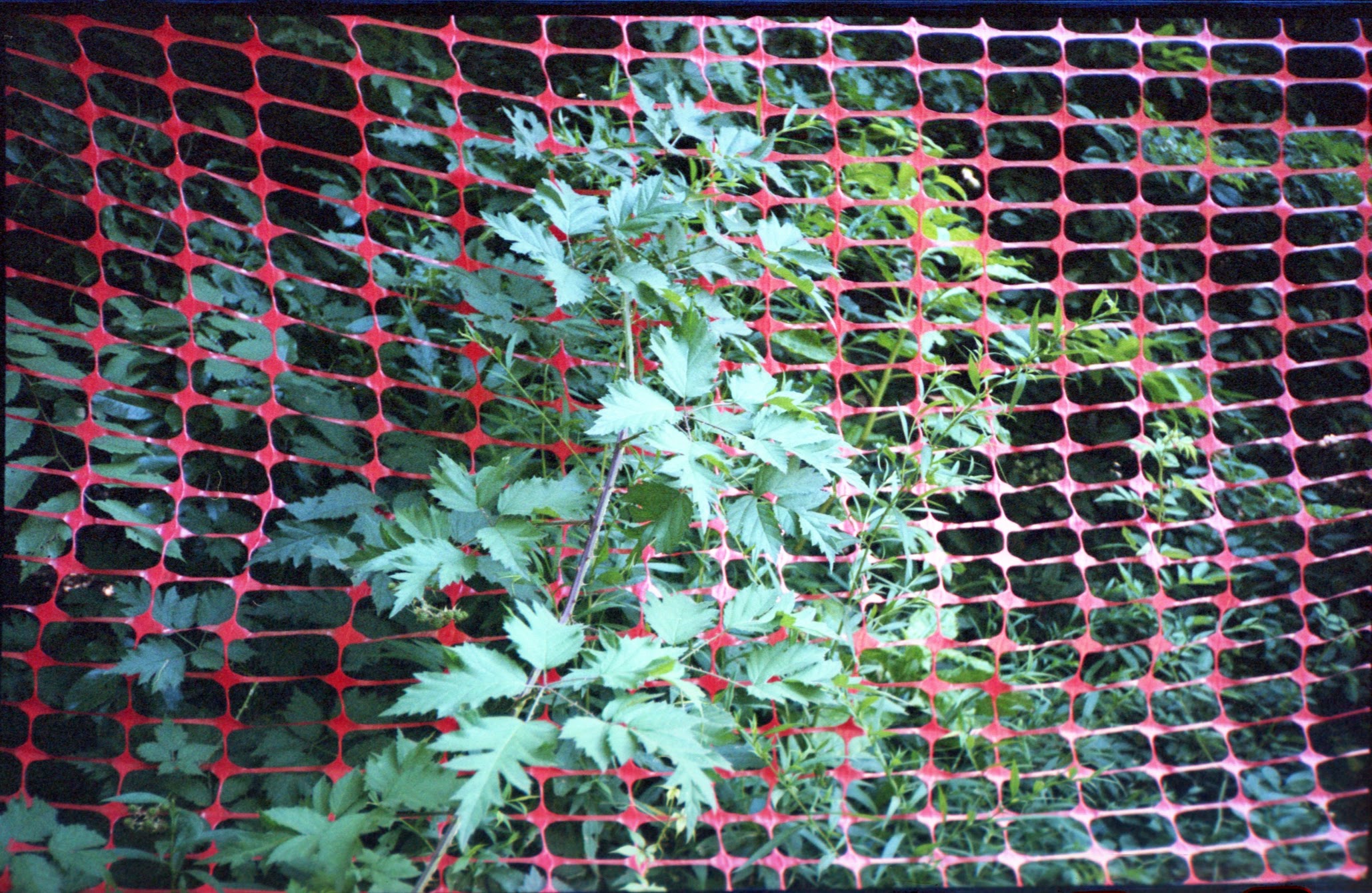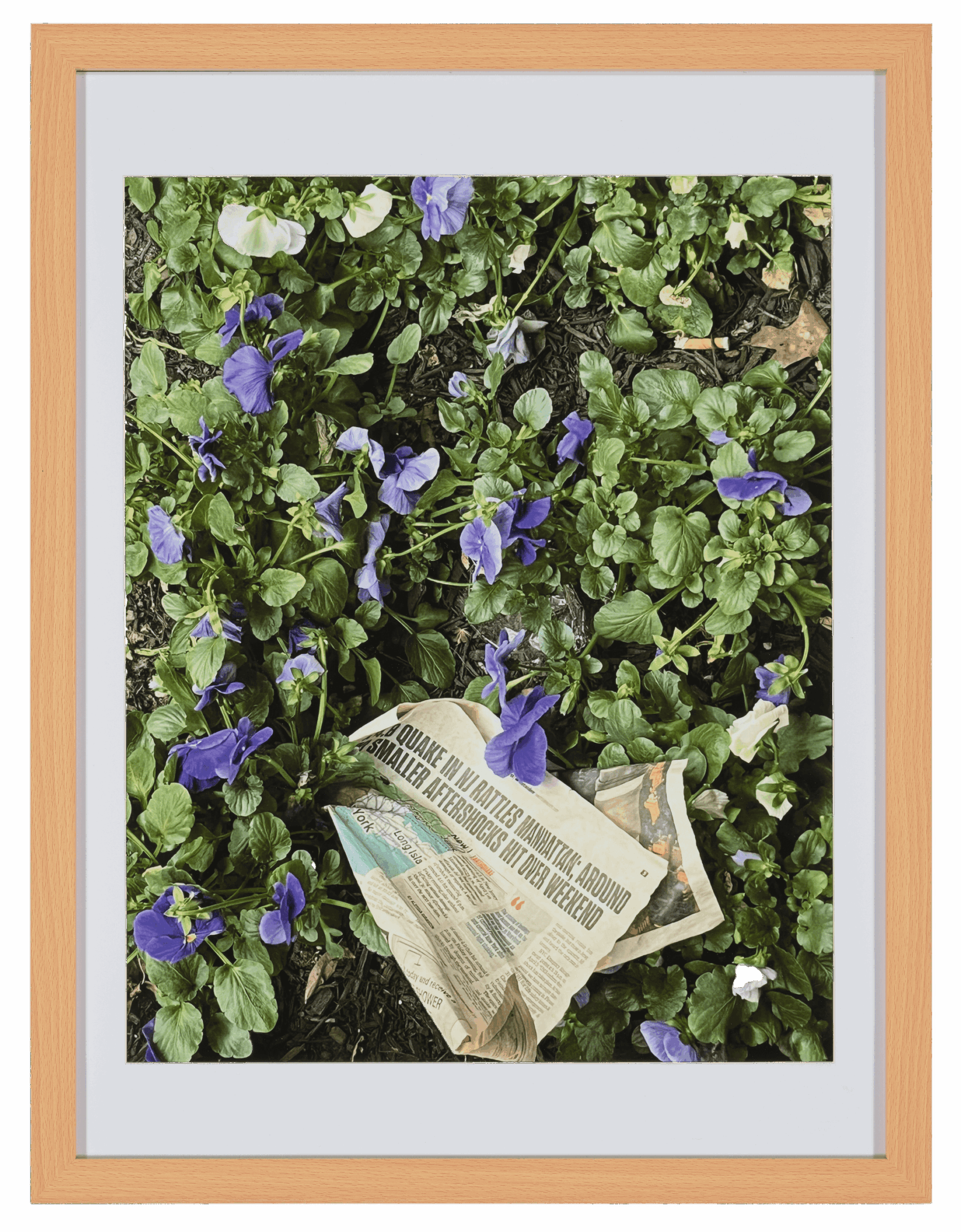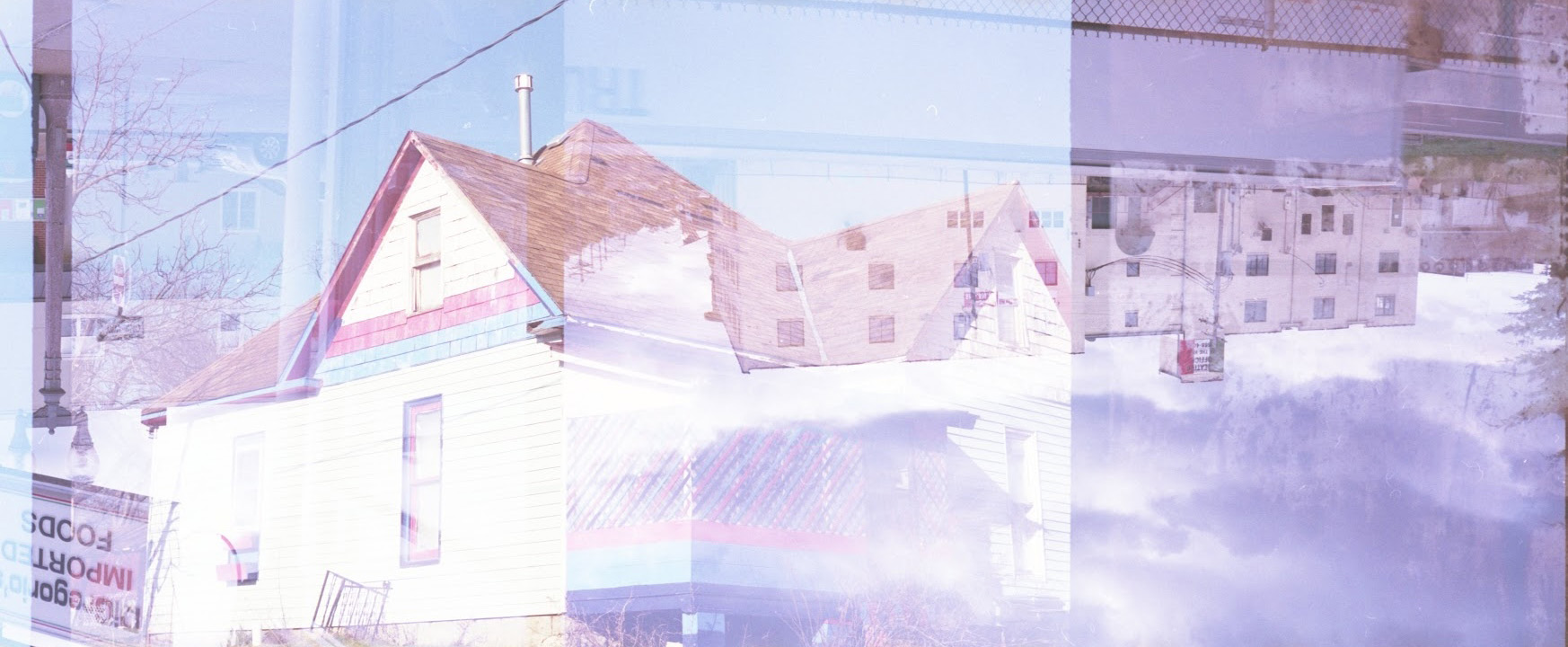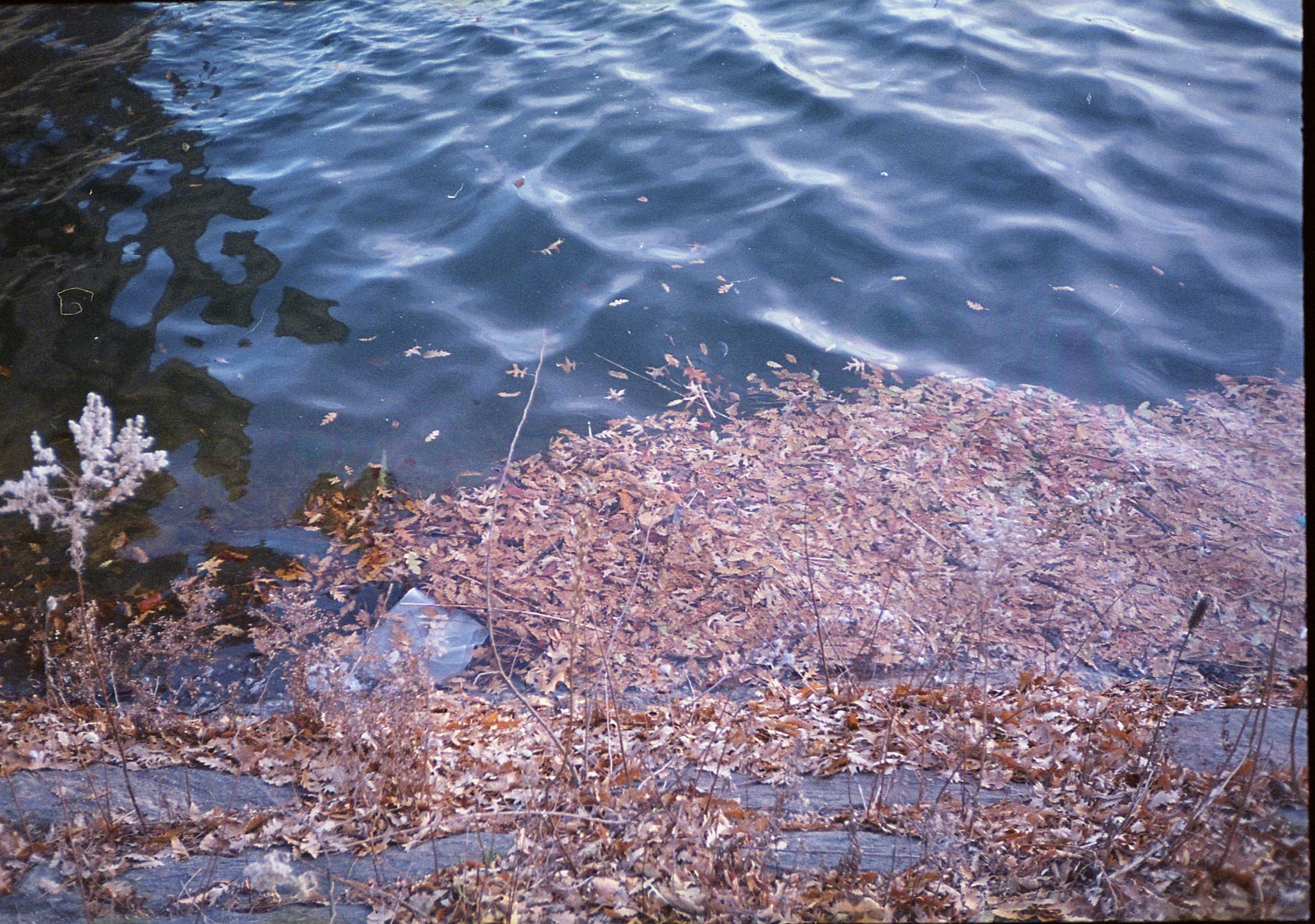We caught up with the brilliant and insightful Carley Walton a few weeks ago and have shared our conversation below.
Carley, looking forward to hearing all of your stories today. How did you learn to do what you do? Knowing what you know now, what could you have done to speed up your learning process? What skills do you think were most essential? What obstacles stood in the way of learning more?
Much of my knowledge of darkroom techniques, film photography, and photographic concepts comes from having a safe space to explore my curiosities — guided by patience, experimentation, and an endless stream of YouTube searches, Reddit threads, and community forums.
As a child, I loved art class but often felt anxious, running on uncertainty and a lack of time. In an introductory photography course, my first film assignment was partnered, and I completely botched my partner’s portraits — every frame was out of focus. (Sorry, Allison!) That experience stuck with me, but over time, I learned that embracing imperfection was the key to growth.
Letting go of the need for perfection freed me to experiment. I now primarily shoot with expired film, never fully knowing how the frames will turn out. I also develop all my film in my small Upper West Side apartment in New York, scanning them beside my furry cat, Otto. This combo might scare some, but it works for me.
YouTube and Reddit have been invaluable for troubleshooting and increasing my experimental approach. I also love scouring Facebook Marketplace for manual cameras with twin-lens reflex designs or mechanical quirks. The process of researching, testing, and pushing the limits of my equipment keeps me engaged.
The biggest obstacle? Overcoming self-doubt and rigid expectations. Once I embraced playfulness and presence, my photography truly evolved.
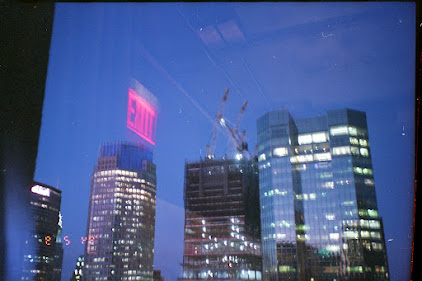
As always, we appreciate you sharing your insights and we’ve got a few more questions for you, but before we get to all of that can you take a minute to introduce yourself and give our readers some of your back background and context?
My name is Carley M. Walton, and I am an Italian-American art historian and photographer based in New York City. I received my Bachelor of Arts in Art History and English in 2020 and am currently pursuing my Master’s in Art History at Hunter College.
My work has been exhibited at Hunter Underground and Christie’s in New York, as well as featured in MESH magazine and The Spectacle. Most recently, my photograph Aftermath: 5 April 2024 was sold at Christie’s in New York.
I primarily work with expired chromogenic and color-negative 35mm and 120mm film, developing my negatives myself using C-41 and E-6 chemistry. I embrace the unpredictability of expired film, allowing its imperfections to shape the final image. While analog photography is my primary medium, I also engage with digital photography and video, capturing moments daily with my iPhone or Sony NEX-5 as part of my ongoing visual exploration. Additionally, I incorporate film mishaps — distortions, multiple exposures, and chemical anomalies — into my ash paintings, transforming photographic accidents into new visual forms.
Across all mediums, my work is rooted in surrealism. I am drawn to the poetic nature of my surroundings, seeking moments that feel both unlikely and inevitable. I approach photography as a process of structuring visual syntax — bodies, buildings, and objects placed like words in a sentence. Through this, I document the world in all its messiness and vulnerability — unmoved yet living, structured yet unpredictable.
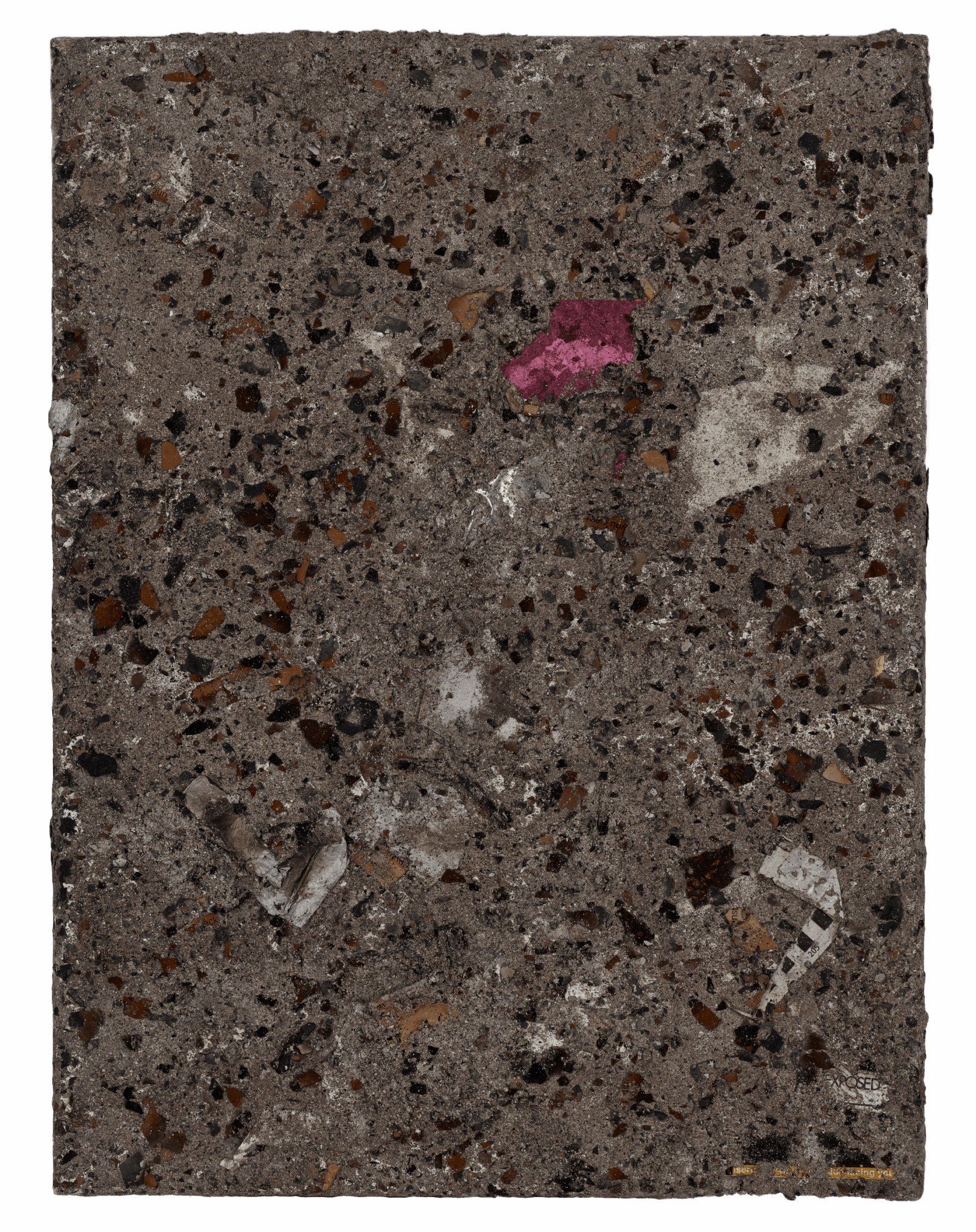
Have any books or other resources had a big impact on you?
Of course. Being both an art historian and photographer, my philosophy is always evolving — each discipline informing the other in a constant push and pull. In my Art History Master’s program, my focus is primarily on post-war photography, which provides a wealth of insight that shapes my own photographic practice.
Lately, I’ve been especially drawn to Marianne Hirsch’s theory of Post-memory, which explores how later generations inherit and engage with the personal, collective, and cultural traumas of their predecessors — not through direct experience, but through deeply ingrained stories, images, and behaviors that blur the line between past and present. As a second-generation Italian-American, I often feel both connected and disconnected from my heritage — Sicilian and American at once. This tension is at the core of an ongoing photographic project in which I am creating an image archive of my family’s photographs from their lives in Sicily in the 1950s and their immigration to the United States.
I find inspiration in works like Susan Meiselas’ Kurdistan (1997), Keisha Scarville’s Passports (2019), and Dinh Q. Lê’s Memory for Forgetfulness (2018), as well as the photographic practices of Deana Lawson, Francesca Woodman, and Carrie Mae Weems. Their approaches to image-making — particularly their engagement with identity — resonate with me deeply. Studying their work has shaped how I structure my own projects, archive materials, and think about the relationship between memory and photography.
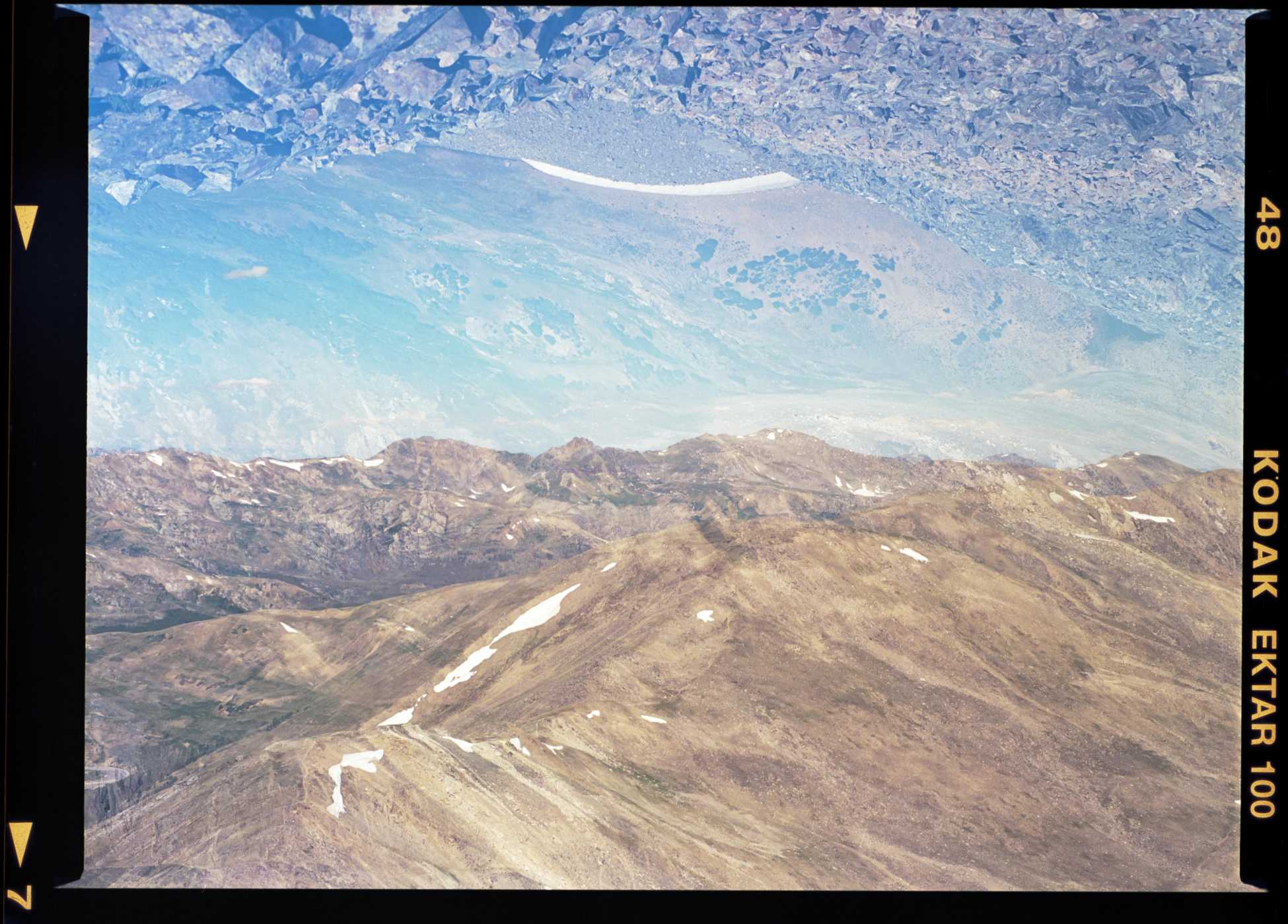
What do you find most rewarding about being a creative?
The most rewarding aspect of being an artist is the ever-expanding journey of personal and creative growth. As a sensitive and reflective individual, art — especially photography — serves as a therapeutic outlet where I can process my thoughts and emotions. It provides a space for my mind to unload, offering a language that words sometimes cannot express. Through my practice, I can channel my experiences into cohesive, tangible projects that feel deeply meaningful.
What excites me most is the ability to engage both my hands and mind simultaneously in the creative process. This balance allows me to feel connected to my work on a profound level. It’s not only a personal endeavor but a way to connect with others — experiencing vulnerability, validation, and a sense of community along the way. Creating art brings me a sense of fulfillment and helps me feel more in tune with myself.
I also find immense satisfaction in seeing a project through from start to finish. The process of shooting film, developing it, scanning, and printing at home brings a unique sense of accomplishment. The hands-on nature of this process amplifies my connection to the final product, making it all the more rewarding.
Contact Info:
- Website: https://carleymwalton.com/
- Instagram: https://www.instagram.com/carleymwalton/
- Linkedin: https://www.linkedin.com/in/carleymwalton/
